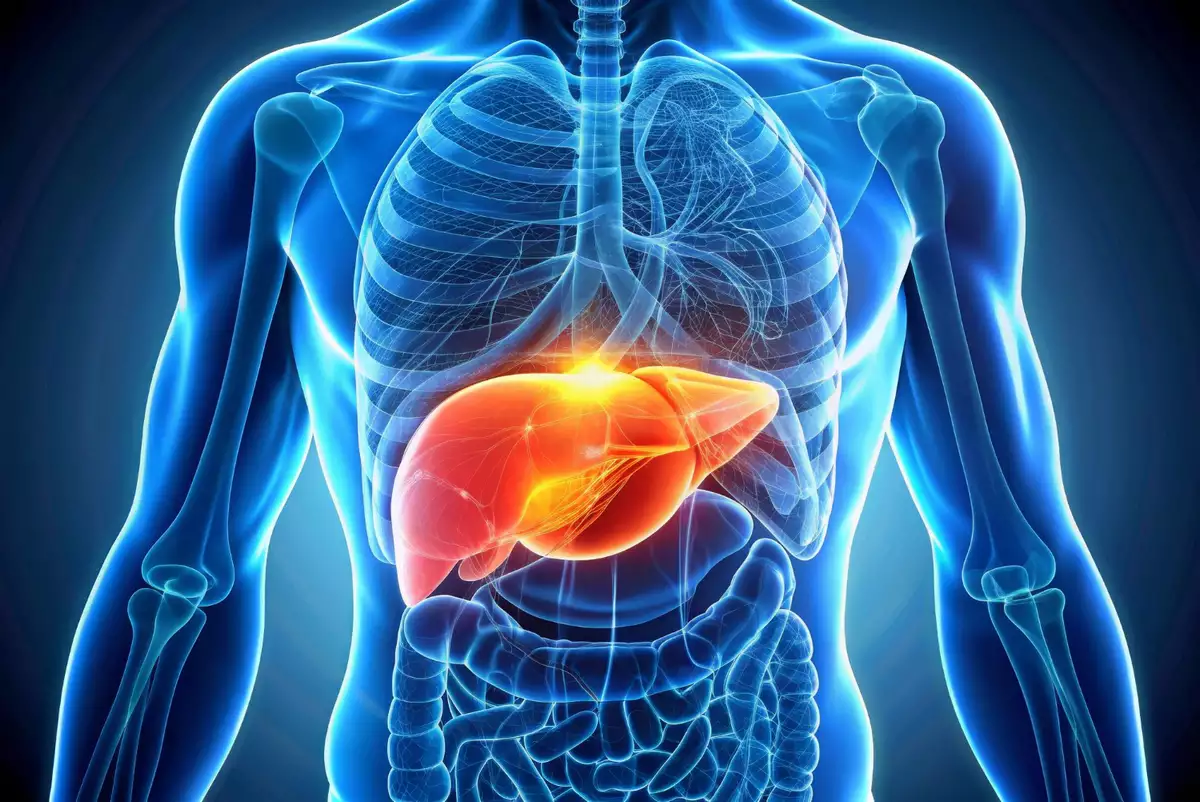Progressive liver disease in individuals who consume alcohol regularly is significantly influenced by cardiometabolic risk factors such as diabetes, hypertension, and increased waist circumference, which elevate the likelihood of advanced liver fibrosis.

A study published in Clinical Gastroenterology and Hepatology highlights that
The research, based on data from over 40,000 participants in the US National Health and Nutrition Examination Survey, established a strong correlation between alcohol use, metabolic disorders, and significant liver fibrosis. Specifically, diabetes and increased waist circumference were associated with a 2.4-fold higher risk of liver disease, while hypertension increased the risk by 1.8 times. Other metabolic factors, such as elevated triglycerides and reduced levels of high-density lipoprotein (HDL) cholesterol, played a lesser role in disease progression.
Although the exact mechanisms remain under investigation, researchers hypothesize that diabetes, obesity, and hypertension promote hepatic fat accumulation, intensifying alcohol-induced liver damage.
These findings have critical clinical implications, aiding healthcare professionals in identifying high-risk populations and implementing timely preventive measures. Given the rise in alcohol consumption following the COVID-19 pandemic and worsening metabolic health trends, particularly among younger demographics, a personalized approach to risk assessment could be instrumental in reducing severe liver disease cases.
This article is for informational purposes only and should not replace professional medical advice from qualified healthcare providers.






